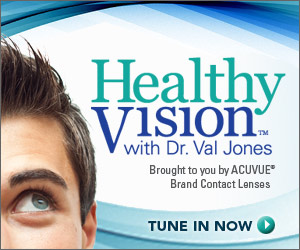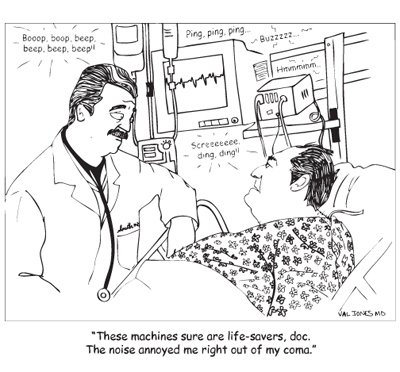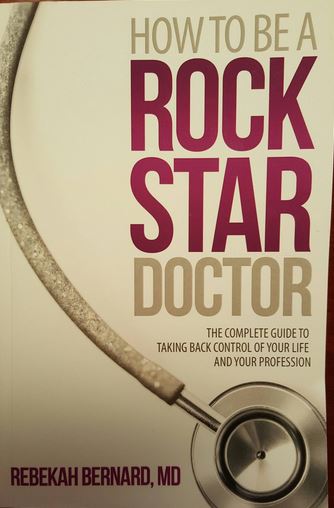May 5th, 2011 by Steven Roy Daviss, M.D. in Health Policy, Opinion
No Comments »



 The White House released its plan last week entitled “Epidemic: Responding to America’s Prescription Drug Abuse Crisis” [LINK to pdf of this 10-page plan]. Below are some of the elements in this plan that is part of the National Drug Control Strategy (like that has worked so well :-/).
The White House released its plan last week entitled “Epidemic: Responding to America’s Prescription Drug Abuse Crisis” [LINK to pdf of this 10-page plan]. Below are some of the elements in this plan that is part of the National Drug Control Strategy (like that has worked so well :-/).
The areas of this plan involve education of prescribers and users, monitoring programs, making it easy to dispose of controlled dangerous substances (CDS for short), and enhancing enforcement. The plan establishes thirteen goals for the next five years, and also creates a coordinating body, the Federal Council on Prescription Drug Abuse, to oversee and coordinate it all.
If any of our readers have comments on specific items (I’ve numbered them for ease of reference), including unintended (or even intended) consequences, please chime in.
- EDUCATION
- require training on responsible opiate prescribing
- require Pharma to develop education materials for providers and patients
- require professional schools and organizations to include instruction on balancing use of opiates for pain while reducing abuse
- require state licensing boards to include relevant ongoing education in their licensure requirements
- help ACEP develop guidelines for opiate prescribing in the Emergency Department [this should be a big help]
- increased use of written patient-provider agreements
- facilitate public education campaigns, especially targeting parents
- encourage research on low-abuse potential treatments, epidemiology of substance abuse, and abuse-deterrent formulations Read more »
*This blog post was originally published at Shrink Rap*
November 13th, 2010 by Shadowfax in Better Health Network, True Stories
No Comments »

 I wish I could say that every patient encounter worked out well, that all my patients went home happy and satisfied. It would be nice, but unfortunately that is not true at all.
I wish I could say that every patient encounter worked out well, that all my patients went home happy and satisfied. It would be nice, but unfortunately that is not true at all.
There are many patients who present with unrealistic expectations or an agenda which is non-therapeutic, and I am relatively straightforward and unapologetic about correcting patient’s misconceptions about the care that is or is not appropriate in the ED. Unsurprisingly, this often though not always involves narcotic medications.
Which is not to say that I am a jerk. I try to be compassionate, and I try to find alternative solutions, and I have been told that I can turn away a drug seeker more nicely than any other doctor in the department. But when it is time to say “no,” I say “no” firmly and without evasions or excuses. People don’t like to hear that, and all the more so in this “the consumer is king” environment of customer-service culture we foster in the medical industry these days.
So when I do say “no,” as nice as I try to be, some people get upset. Sometimes they escalate. They hurl insults, spit, throw themselves on the floor and throw a fit or feign unconsciousness. Read more »
*This blog post was originally published at Movin' Meat*
October 22nd, 2010 by RyanDuBosar in Better Health Network, Health Policy, News, Research
No Comments »

Eighty eight percent of Americans 60 years or older take at least one prescription drug and more than two-thirds of this age group take five or more, according to a report by the National Center for Health Statistics. Spending for prescription drugs totaled $234.1 billion in 2008 — more than double what was spent in 1999.
The National Center for Health Statistics excerpted elements of its National Health and Nutrition Examination Surveys to prepare the report:
 Other key findings include:
Other key findings include:
— Over the last 10 years, the percentage of Americans who took at least one prescription drug in the past month increased from 44 percent to 48 percent. The use of two or more drugs increased from 25 percent to 31 percent. The use of five or more drugs increased from 6 percent to 11 percent. Read more »
*This blog post was originally published at ACP Internist*
September 27th, 2010 by JenniferKearneyStrouse in Better Health Network, Health Policy, Health Tips, News
No Comments »

The Drug Enforcement Administration (DEA) coordinat[ed] “National Prescription Drug Take-Back Day” this [past] Saturday [September 25th], encouraging people to turn in their unused prescription drugs. The agency hopes the event will help decrease rates of crime and addiction linked to prescription drug abuse, the New York Times reports.
From the DEA press release:
This initiative addresses a vital public safety and public health issue. Many Americans are not aware that medicines that languish in home cabinets are highly susceptible to diversion, misuse, and abuse. Rates of prescription drug abuse in the U.S. are increasing at alarming rates, as are the number of accidental poisonings and overdoses due to these drugs. Studies show that a majority of abused prescription drugs are obtained from family and friends, including from the home medicine cabinet. In addition, many Americans do not know how to properly dispose of their unused medicine, often flushing them down the toilet or throwing them away – both potential safety and health hazards.
*This blog post was originally published at ACP Internist*
August 15th, 2010 by Toni Brayer, M.D. in Better Health Network, Health Tips, Opinion, Research, True Stories
No Comments »

 It is summer camp season for kids and well-run camps require a medical history and record of prescription medications that the child is taking. One prestigious camp for teens (ages 11 to 19 — average camper is 16) in Southern California recently had 153 residential teenagers. These kids come from California and other states across the U.S. Fifty percent come from out of state and a number of campers each week are international.
It is summer camp season for kids and well-run camps require a medical history and record of prescription medications that the child is taking. One prestigious camp for teens (ages 11 to 19 — average camper is 16) in Southern California recently had 153 residential teenagers. These kids come from California and other states across the U.S. Fifty percent come from out of state and a number of campers each week are international.
Okay, so far so good. Healthy teens getting together for a week of learning and fun. Here is the shocker! I was amazed to learn that almost 25 percent of these kids are on prescription medication. Can it be that we are overmedicating teens?
Read more »
*This blog post was originally published at EverythingHealth*

 The White House released its plan last week entitled “Epidemic: Responding to America’s Prescription Drug Abuse Crisis” [LINK to pdf of this 10-page plan]. Below are some of the elements in this plan that is part of the National Drug Control Strategy (like that has worked so well :-/).
The White House released its plan last week entitled “Epidemic: Responding to America’s Prescription Drug Abuse Crisis” [LINK to pdf of this 10-page plan]. Below are some of the elements in this plan that is part of the National Drug Control Strategy (like that has worked so well :-/).



 I wish I could say that every patient encounter worked out well, that all my patients went home happy and satisfied. It would be nice, but unfortunately that is not true at all.
I wish I could say that every patient encounter worked out well, that all my patients went home happy and satisfied. It would be nice, but unfortunately that is not true at all.


 It is summer camp season for kids and well-run camps require a medical history and record of prescription medications that the child is taking. One prestigious camp for teens (ages 11 to 19 — average camper is 16) in Southern California recently had 153 residential teenagers. These kids come from California and other states across the U.S. Fifty percent come from out of state and a number of campers each week are international.
It is summer camp season for kids and well-run camps require a medical history and record of prescription medications that the child is taking. One prestigious camp for teens (ages 11 to 19 — average camper is 16) in Southern California recently had 153 residential teenagers. These kids come from California and other states across the U.S. Fifty percent come from out of state and a number of campers each week are international.







